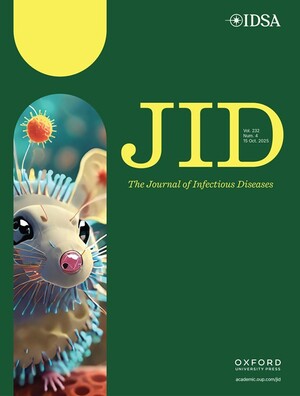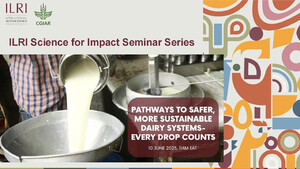
Characteristics of feed resources for smallholder dairy production and potential for improvement: The case of Adea and Bahir Dar Zuria districts of Ethiopia
Abstract
Under the CGIAR Initiative on Sustainable Animal Productivity, research for development work has been undertaken to enhance production efficiency of smallholder dairy farmers through integrated
genetics, nutrition, and health interventions in selected districts of Ethiopia (Adea and Bahir Dar Zuria). The research sites were purposely selected to align with an ongoing dairy genetic
improvement program. The nutrition intervention was informed by focus group discussions, individual farm visits, and key informant interviews. The following were the main messages from the
feed resource assessments and subsequent interventions.
1. The smallholder dairy farms targeted fall under three categories: 1) farms with access to a quarter to half a hectare of land for forage cultivation and grazing (GI), 2) farms with access to less than a
quarter of hectare backyard plots (GII), 3) farms with no extra space except animal barns and manure pits (GIII).
2. Farms under the GII and GIII categories mainly depended on purchased feed for dairy production, while those in the first group mainly used on-farm produced feed and supplemented with purchased feeds. Different forage interventions were piloted based on farm type: oat-vetch annual forage for GI; alfalfa and elephant grass forage for GII; and training on
diet optimization for GIII.
3. An inventory of feed resources indicated that straws of wheat, teff and grass hay were the main roughage feeds used, sourced from either their own farm or purchased. Wheat middling and
poultry litter were the most frequently purchased feed ingredients. Dairy concentrate mixes and pellets were the compound feeds frequently used by dairy farmers.
4. The quality of feed ingredients and compound feeds varied widely. The quality of dairy concentrate mixes was found to be low, with high neutral detergent fibre (42% NDF) and low
crude protein (12% CP) content.
5. Price quality relationships showed that poultry litter was the cheapest source of nitrogen (protein), while straws, grass hay and wheat bran were the cheapest source of energy. Highquality
protein supplements, including soyabean and linseed meal, were less frequently used mainly due to high prices.
6. Farmers who owned genetically improved and well managed lactating cows observed milk yield increase in the range of 13-18% due to the inclusion in the diet of cultivated forages.
The study indicated that integrated interventions will be important to realize productivity gains in a sustainable manner.
Citation
Bezabih, M., Adie, A. and Jones, C.S. 2023. Characteristics of feed resources for smallholder dairy production and potential for improvement: the case of Adea and Bahir Dar Zuria districts of Ethiopia. Nairobi, Kenya: ILRI.









